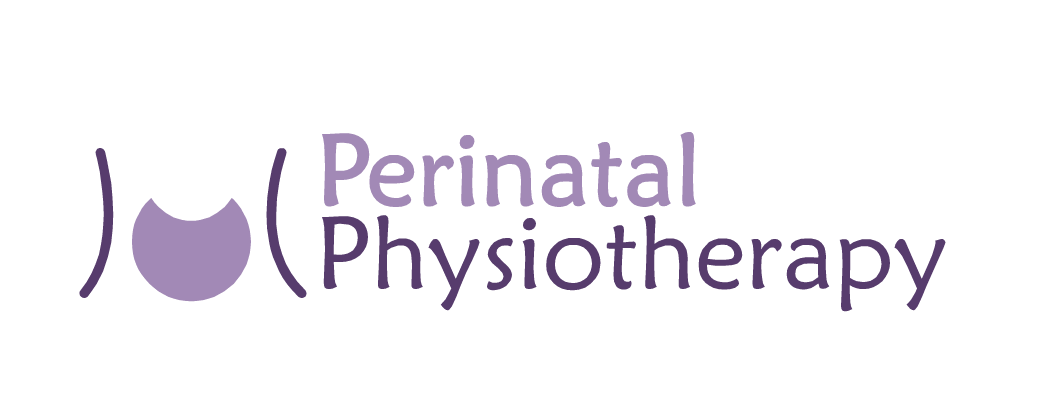Low back & pelvic pain during pregnancy
PGP, or Pregnancy-related Pelvic Girdle Pain, is a common complaint in pregnancy and can be quite a disabling condition. Over 1 in 4 pregnant women are estimated to suffer from pelvic pain and the number is likely to rise over the next years. PGP is NOT normal. It is not something you should endure as a price to pay for the joy of becoming a mother, and it is treatable. With proper care symptoms can be greatly reduced and even disappear in some women.
What are we talking about in PGP?
PGP refers to pain or discomfort on one or more of the pelvic girdle joints: either the symphysis pubis (the joint at the front of the pelvic girdle, the “pubic bone”), the hip joints, the coccyx or the sacroiliac joints, right at the bottom of your spine. Generally PGP is felt in more than one joint –although not always at a time- and can be as intense as to prevent regular movement. Climbing stairs, turning in bed, taking a bath or simply walking can become an ordeal for those suffering from severe PGP, nonetheless the degree of discomfort varies from woman to woman. PGP is compatible with a normal –vaginal- delivery; however, if left untreated, PGP can persist after birth and become even more intense in following pregnancies.
Why do I have PGP?
There is always a combination of causes in PGP. Although it can be a result of a fall or accident, the most common cause of PGP is the uneven movement of the pelvic girdle joints due to muscle dysfunction or spasm, which happens as a result of overall incorrect body mechanics. The muscles that support and stabilize the PGP joints may contract so forcefully as to prevent movement of a certain joint when danger is perceived by the body, danger meaning improper motion that could further damage the joint. The hormone relaxin, secreted by the body during pregnancy, loosens ligaments around the PG to allow for greater pelvic space but it is not responsible for PGP. It is important to note that PGP can be so extreme in the symphysis pubis (your pubic bone) that some women might suspect that the joint has separated (diastasis symphysis pubis – DSP); however, DSP is a very rare condition and it is normally linked to a difficult birth.
How can I manage PGP?
There is a number one advice that you should always keep in mind if you have PGP: rest when you need it, but don’t stop moving. Go as far as your pain allows you, but go. Inactivity will only aggravate the condition. Keeping your legs together, as it is normally advised, won’t solve a thing, and moving them will not worsen the underlying problem –if anything it would worsen the pain-. Recommendations for women suffering from PGP are simple strategies to cope with pain during activities of daily life, such as which leg to use on climbing or descending stairs or how to turn in bed. Some of those strategies focus on avoiding activities that will increase the pain –exercise or asymmetrical positions, for instance-. However, the pain won’t go away if specific stretches, exercises and postural corrections are not applied. A physical therapist can assess joint movement and type and degree of muscle instability to develop a treatment plan that will include manual and exercise therapy. If followed carefully, treatment will improve pain and function in only one or two sessions. Thai therapeutic massage, based on specific stretches and pressure points, can also be a very effective tool to relief severe PGP before exercises can be performed.

